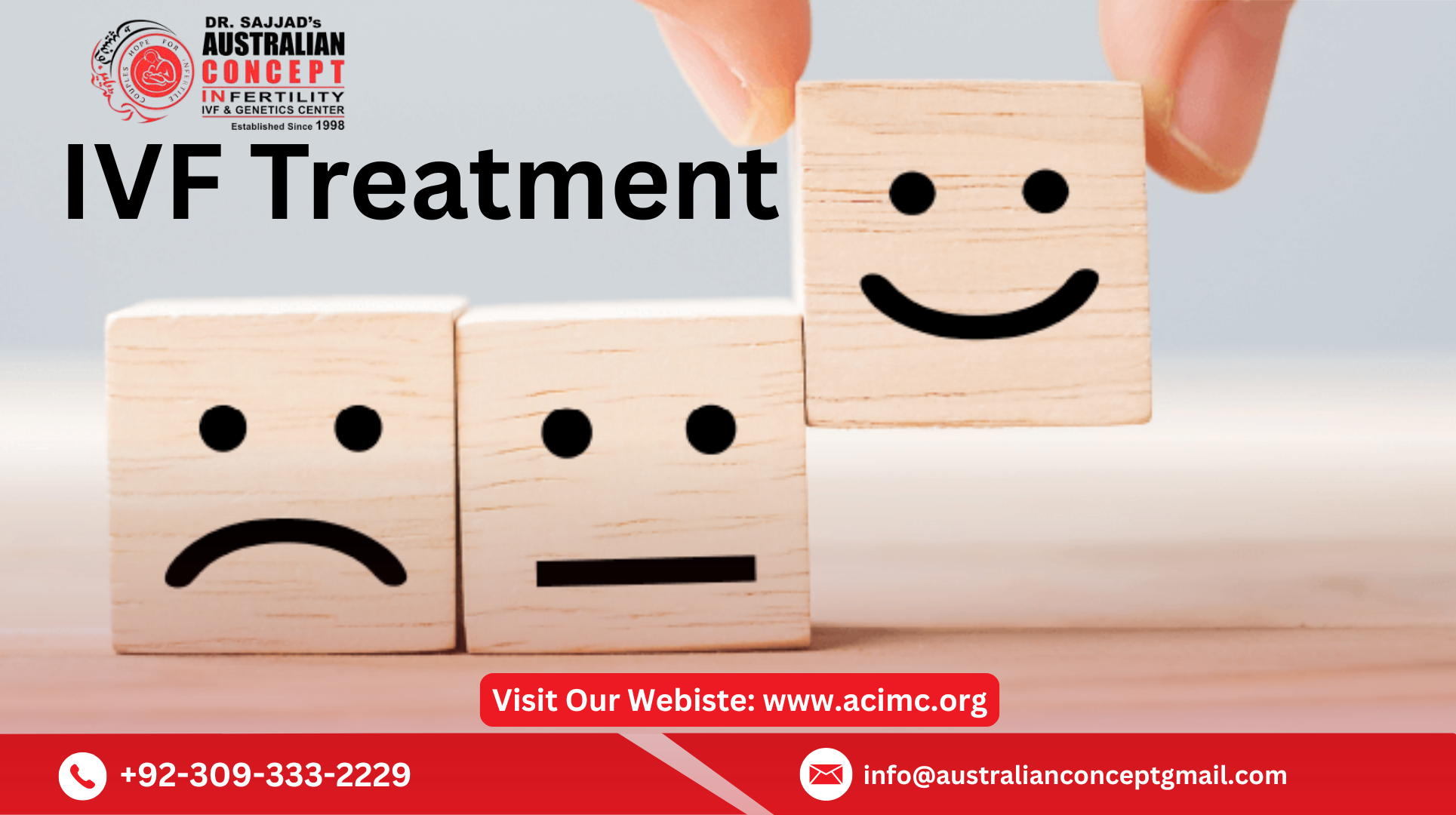What are the different types of IVF protocols

When it comes to assisted reproductive technology, IVF treatment has become one of the most trusted methods for couples struggling with infertility. However, not every IVF journey follows the same plan. Each patient has unique reproductive needs, hormone responses, and fertility challenges. That’s where different IVF protocols come in — carefully designed approaches that help doctors optimize egg development and improve pregnancy success rates.
What Is an IVF Protocol?
An IVF protocol is a customized treatment plan created by a fertility doctor to stimulate the ovaries and retrieve multiple mature eggs for fertilization. Since every woman’s body responds differently to fertility medication, choosing the right protocol is essential to ensure the best possible results.
Protocols are primarily based on:
-
Age and ovarian reserve
-
Hormone levels (AMH, FSH, LH, and estrogen)
-
Medical history and prior fertility treatments
-
Underlying conditions like PCOS or endometriosis
The main goal of any IVF protocol is to control ovulation, retrieve high-quality eggs, and prepare the uterus for successful embryo implantation.
1. The Long (Agonist) Protocol
The long protocol, also known as the GnRH agonist protocol, is one of the most traditional and widely used approaches in IVF.
How it works:
This protocol starts a few weeks before ovarian stimulation. A medication called a GnRH agonist is given to temporarily suppress the body’s natural hormone cycle. Once the ovaries are “switched off,” controlled stimulation begins with FSH (follicle-stimulating hormone) injections to promote the growth of multiple follicles.
Advantages:
-
Produces a good number of mature eggs
-
Reduces the risk of premature ovulation
-
Ideal for women with normal ovarian function
Disadvantages:
-
Longer duration (4–6 weeks)
-
May not be suitable for women with low ovarian reserve
2. The Short (Flare) Protocol
The short protocol, also known as the flare-up protocol, is designed for women who may not respond well to the long protocol.
How it works:
Instead of suppressing hormones for weeks, this method uses a low dose of GnRH agonist and FSH injections simultaneously at the start of the cycle. The initial hormone “flare” helps boost follicle growth quickly.
Advantages:
-
Faster cycle time
-
Useful for women with poor ovarian response
-
Reduces the use of suppression drugs
Disadvantages:
-
Risk of premature ovulation
-
May result in fewer eggs compared to the long protocol
3. The Antagonist Protocol
The antagonist protocol is one of the most modern and flexible IVF approaches. It is ideal for women with PCOS or those at risk of ovarian hyperstimulation syndrome (OHSS).
How it works:
Stimulation begins with FSH or hMG injections early in the cycle. Around day 6, a GnRH antagonist is introduced to prevent premature ovulation. The eggs are then triggered and retrieved once they are mature.
Advantages:
-
Shorter cycle (2–3 weeks)
-
Lower risk of OHSS
-
Simple and predictable
Disadvantages:
-
Slightly lower egg yield in some cases
-
Requires careful timing and monitoring
4. The Mini or Mild Stimulation Protocol
This protocol is also called the mini-IVF or mild stimulation IVF, and it uses lower doses of fertility medications compared to conventional IVF.
How it works:
Low doses of FSH or oral medications like Clomid are used to gently stimulate the ovaries. The goal is to produce fewer but higher-quality eggs, minimizing physical and emotional strain.
Advantages:
-
Fewer injections and lower medication costs
-
Reduced risk of OHSS
-
Gentler on the body
Disadvantages:
-
May produce fewer eggs
-
Success rates can be slightly lower for some patients
This method is often recommended for older women or those who prefer a more natural and less invasive approach.
5. The Natural Cycle IVF
In natural cycle IVF, no fertility drugs are used. Instead, the treatment follows the woman’s natural menstrual cycle, and one egg is collected when it matures naturally.
How it works:
Doctors monitor ovulation closely through ultrasound and hormone tests. When the egg is ready, it is retrieved and fertilized in the lab.
Advantages:
-
No risk of OHSS
-
No hormone injections or side effects
-
Cost-effective and natural approach
Disadvantages:
-
Only one egg per cycle
-
Higher chance of cycle cancellation
-
Lower pregnancy rates per attempt
This protocol suits women who cannot tolerate hormonal medications or prefer natural fertility methods.
6. The Duo-Stimulation (Double Stimulation) Protocol
The duo-stimulation protocol involves two rounds of ovarian stimulation within the same menstrual cycle — one in the follicular phase and another in the luteal phase.
How it works:
Eggs are retrieved twice in one cycle to maximize egg yield, especially in women with poor ovarian response or diminished ovarian reserve.
Advantages:
-
Increases egg collection in a short time
-
Ideal for women with low ovarian reserve
-
Beneficial for older women or cancer patients preserving fertility
Disadvantages:
-
More medications and monitoring
-
Physically and emotionally demanding
How Fertility Specialists Choose the Right IVF Protocol
An infertility specialist tailors the protocol to each individual based on factors such as:
-
Age and hormone levels
-
Ovarian reserve test results (AMH, AFC)
-
Response to previous IVF cycles
-
Underlying medical conditions
For example:
-
Younger women with regular cycles may do well with a long protocol.
-
Women with PCOS or high AMH often benefit from the antagonist protocol.
-
Women with low ovarian reserve may respond better to mini-IVF or duo-stimulation.
The Importance of Monitoring During IVF Protocols
Regardless of the protocol chosen, continuous monitoring is crucial. Regular ultrasound scans and blood tests help fertility doctors track follicle development, adjust medication doses, and determine the right time for egg retrieval.
Proper monitoring ensures the safety of the patient and maximizes the chances of producing healthy embryos for transfer.
Final Thoughts
The type of IVF protocol used can make a big difference in treatment outcomes. Each protocol has its benefits, risks, and specific patient suitability. The expertise of your fertility specialist plays a vital role in determining which approach gives you the highest chance of achieving a healthy pregnancy.
At Australian Concept Infertility, every couple receives a personalized treatment plan designed to match their fertility profile and medical history. With advanced reproductive technology and expert care, our team ensures that every IVF cycle is optimized for success.
For More Details: https://acimc.org/ivf-lahore/




